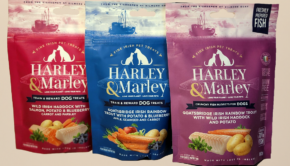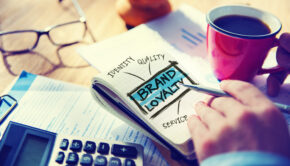Go green – It’s good for business

Irene Collins, MD of EIQA encourages businesses to reduce water consumption in order to reduce costs and become greener
15 March 2011
World Water Day takes place on 22 March so there’s no better time to go green and focus on your company’s water footprint.
Water conservation demonstrates sound business intelligence. It’s not just about looking green to customers; it’s about huge financial savings in both the short and long term.
The results from global surveys show that major companies are figuring out just how clever water conservation is: Sainsbury’s, the leading U.K. supermarket chain, has logged a saving of £1.6 million (about €1.9 million) simply by installing water sensors on toilet facilities, and reducing toilet water capacity. But water conservation that leads to big savings is not simply about providing better toilet facilities. It’s about rethinking how water is used in the production of goods.
The facts – water usage
Did you know that food processing, which is approximately 28% of the total manufacturing sector, constitutes the largest water user?
For example, the global average indicates that it takes 5,000 litres of water to produce 1kg of cheese, a staggering 15,500 litres of water can be used in the production of just 1kg of beef and one humble glass of beer takes between 75 and 155 litres of water, depending on where it’s brewed!
Getting ahead of the pack
Research by leading food and drink producers show that ‘water footprint’ labels are soon expected to be as prominent on product packaging as the Repak or Energy Star symbols.
The makers of Miller beer are one company who want to be ahead of the pack. Their research and analysis found that beer produced in the Czech Republic uses only 45 litres of water per glass as opposed to 155 litres in South African Beer. Their quest is now to model the Czech production cycle across their range of products, resulting in an overall 25% reduction which will equate to 3.5 litres for every litre of beer. That’s a remarkable water saving which will greatly impress the ‘green’ consumer, whilst adding profit to the company’s bottom line.
So what can your company do?
• Understand the true cost of water to your operation
• Accurately measure and monitor your water usage.
• Increase staff involvement in water efficiency initiatives.
• Install water efficient equipment
www.qmark.ie



 Print
Print






Fans 0
Followers